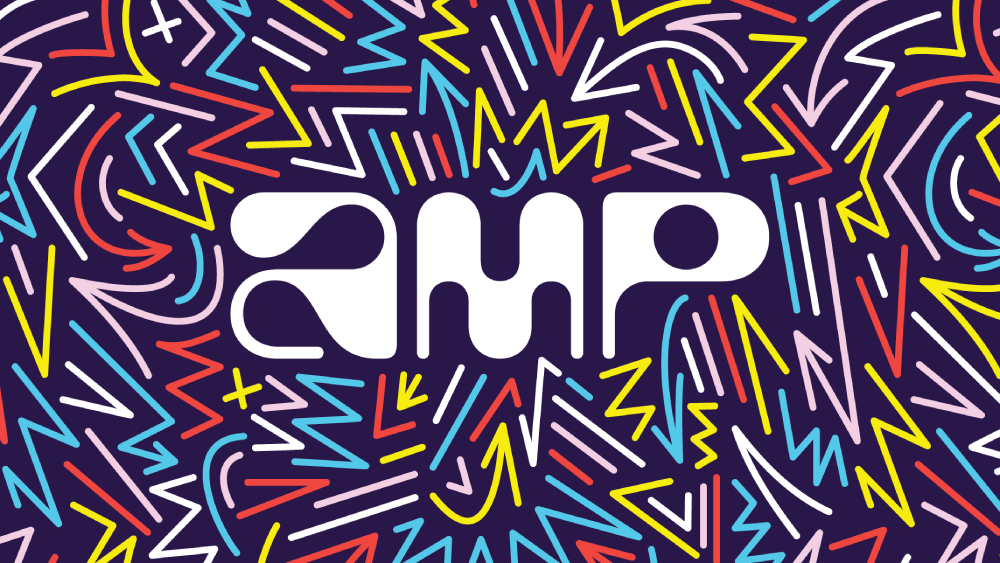Amp is revolutionizing the way we experience radio. With its unique blend of real-life broadcast DJs and the future of broadcasting, Amp brings together a diverse community of creators and listeners. This platform is the democratization of radio, programmed for people rather than profit.What sets Amp apart from other platforms is its laser focus on radio and radio-style shows. Unlike competitors like Stationhead, Amp doesn’t require you to have a separate music streaming subscription. Amp’s built-in music library allows you to discover forgotten gems and indulge in your cravings for music.But what do users think of Amp? Christina “Criti” Gonzalez, a host on Amp, describes it as a “unique, weird place” where you can listen to a wide range of music and connect with people from different walks of life who share a passion for music.Co-founder Matt Sandler, drawing from his experience at LA’s KROQ FM, realized that existing options fell short of meeting the needs of listeners and creators. Amp aims to strike the perfect balance between scale and connection, providing a platform that allows music curators and community engagement to thrive.To add some star power to the platform, Amp has partnered with celebrities like Nicki Minaj, Joe Budden, and Nick Cannon. What’s impressive is that regular creators can have their shows listed right alongside these big names, removing barriers and giving everyone an equal opportunity to shine.While Amp covers popular genres like hip-hop, sports, country, and pop, it’s currently lacking in alternative/indie and electronic music. However, the platform is continuously evolving, so we can expect more variety in the future.Unlike Clubhouse, Amp has been flying under the radar since its launch, focusing on perfecting the user experience before expanding its reach. Despite this, Amp has managed to attract a loyal following who appreciate its unique features.
The app has evolved since its launch, but the number of listeners for most shows remains disappointingly low, according to user reports and publicly available data. However, despite this, many users are not discouraged. They appreciate the close-knit community on the app, even if they don’t personally know each other.Initially, even Amp’s leadership was uncertain about the direction the platform would take. They thought big-name artists would dominate while regular users would mainly be listeners. But in reality, it’s the smaller, home-grown shows and the welcoming community that have made Amp a great place to spend time.Users have found the culture on Amp to be inviting and unlike other social media platforms that can quickly turn negative. The experience on Amp has been transformative for many, and they highly recommend it to others.One of the initial criticisms of Amp was that hosts needed at least one listener to play a song, leading to frustrating wait times. However, the app now has chat rooms for each stream, eliminating the awkward waits and creating a more interactive experience.Creators and listeners have formed genuine connections and friendships on Amp, extending into real life. The chat rooms are filled with positivity, music discussions, and humor. Trolling and negativity are rare, and there is a strong commitment to the app. However, in order to prevent a circular economy where everyone is both a host and a listener, Amp needs to expand its user base.Amp doesn’t disclose user numbers or demographics, but the typical host and listener are likely from generations that grew up with mix tapes and burning CDs. The community energy on Amp feels reminiscent of the positive aspects of early internet chat rooms. While there is a common age group among creators, the app has a diverse range of backgrounds since its inception.
Amp has a lot to gain as it expands to Android, attracting more users and facing the challenge of scaling up while maintaining its unique qualities. Money is also a consideration, as Amp currently pays its hosts through a creator fund. The goal is to ensure that creators can earn money over time through various mechanisms, not just the fund. Subs, tipping, and other ways to earn money, similar to Twitch, are all possibilities for the service.
While the creator fund currently keeps hosts motivated, Amp will need to provide realistic alternative revenue streams to keep creators interested and attract new ones. However, Amp also needs to invest in promoting itself. The app doesn’t have much outward promotion, and its own social channels are the best tools for showcasing its top creators. Increasing visibility will help grow the user base and make the creator economy more viable. Occasional technical issues exist since the app is still in beta, and the introduction of new users on a new operating system could potentially worsen these issues. Occasionally, small annoyances like chat glitches can occur, but there have been more significant problems like stream crashes or hosts being kicked out of their own shows. Once the technical kinks are worked out, creators will feel more comfortable and less anxious during their sets. Users have even coined the phrase “Amp be Ampin'” to reference the app’s occasional quirkiness.Where does the app go next? Amp has the opportunity to make waves and influence culture worldwide. The app can foster personalities, music exploration, conversations, and communities that extend beyond the app. On the other hand, some see Amp as a way to keep the spirit of radio alive and discover new radio stars.For some users, it’s all about the music. Certain creators can completely change how a song is perceived by sharing their experiences or memories. The variety and exposure to different genres are what draws people to the community
In conclusion, Amp is redefining the radio experience, combining the best of traditional broadcasting with the innovation of the digital era. If you’re a music enthusiast looking for a platform that prioritizes your interests and provides a vibrant community, Amp is the place to be.

